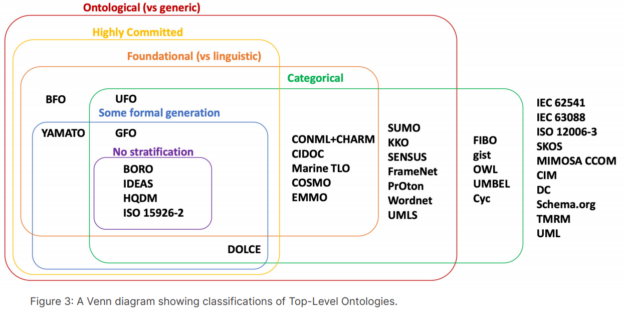With the global spend forecast to reach $2.8 trillion in 2025, digital transformation remains at the forefront of organisations’ strategic goals. To realise it, however, is complex and difficult with the ever shorter innovation cycles of new emerging technologies. Relatedly, the concept of digital maturity has become intimately connected to digital transformation. A number of frameworks have been developed which identify different levels or stages of digital maturity to meet digital transformation goals.
Recent work has emphasised, however, that digital maturity is not static or an end-state but it is instead dynamic and evolves – in tandem with the ongoing journey of digital transformation. In this paper we build on Cresswell et al.’s (2019) digital maturity framework, which emphasises the shifting of digital maturity states over time and contextualised settings. Our processual perspective adopts a longitudinal approach to examine the digital maturing practices of a UK healthcare organisation (EyeHosp) over three time periods around the COVID crisis. Beyond the development of existing capabilities afforded by digital maturity, timing and creative agency are important for meaningful digital transformation to happen. We identify six digital maturing practices and their associated activities that can help organisations develop competitive advantage and enable digital transformation.
Authors Edwin L S Lee, Centre for Digital Built Britain and Cambridge Judge Business School Michael Barratt, Cambridge Judge Business School Karl Prince, Cambridge Digital Innovation, Hughes Hall Eivor Oborn, Warwick Business School
This research forms part of the Centre for Digital Built Britain’s work with the Construction Innovation Hub. The funding was provided through the Government’s modern industrial strategy by Innovate UK, part of UK Research and Innovation.
10944 DigitalMaturity_whitepaper_v5.pdf



Leave a comment